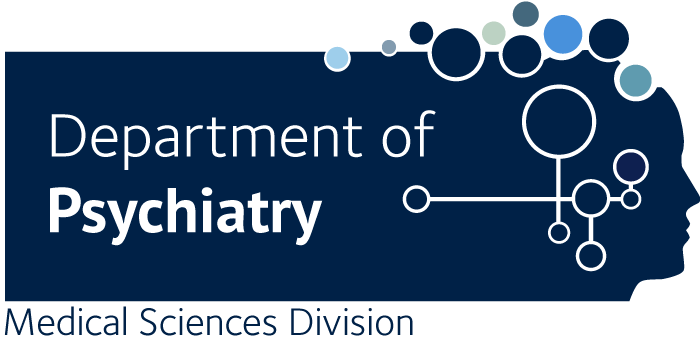Neuroimaging
Suri S., Valkanova V., Heise V., Sexton CE., Ebmeier KP.
With dramatic developments in imaging technology over the past few decades, there has been a surge of neuroimaging research studies, particularly in old age psychiatry. Age-related brain changes, together with specific pathological abnormalities, have generated a host of case-control studies that illuminate the aetiology and pathophysiology of brain disease. However, little has as yet been translated into clinical practice. While cutting-edge imaging protocols have the potential to be translated into the clinical domain, they still lack a realistic estimation of sensitivity, specificity, and predictive power that typically comes from studying large-scale representative groups with a validated diagnosis. To cover this division of neuroimaging into scientific clinical enquiry and clinical routine, the first section of this chapter aims to provide a brief overview of the theory behind neuroimaging techniques and outline commonly used analysis methods. The second section will cover the current and future clinical applications of neuroimaging. Particular focus will be given to the role of neuroimaging in making a diagnosis, predicting outcome, and understanding illness mechanisms.

